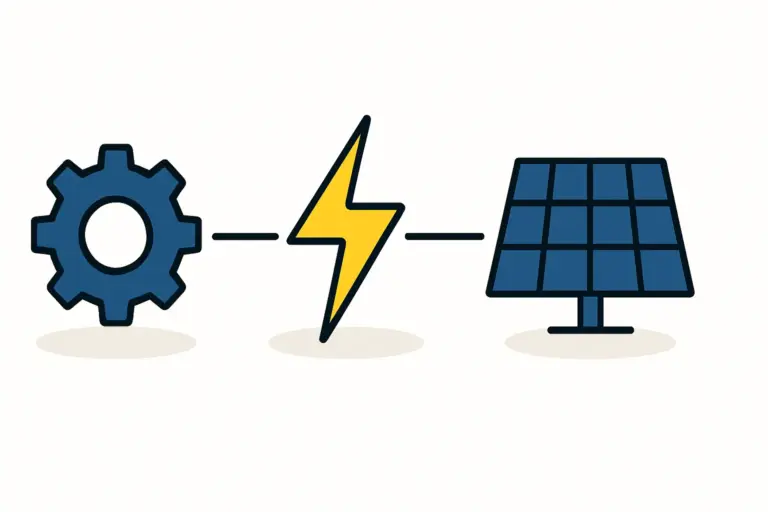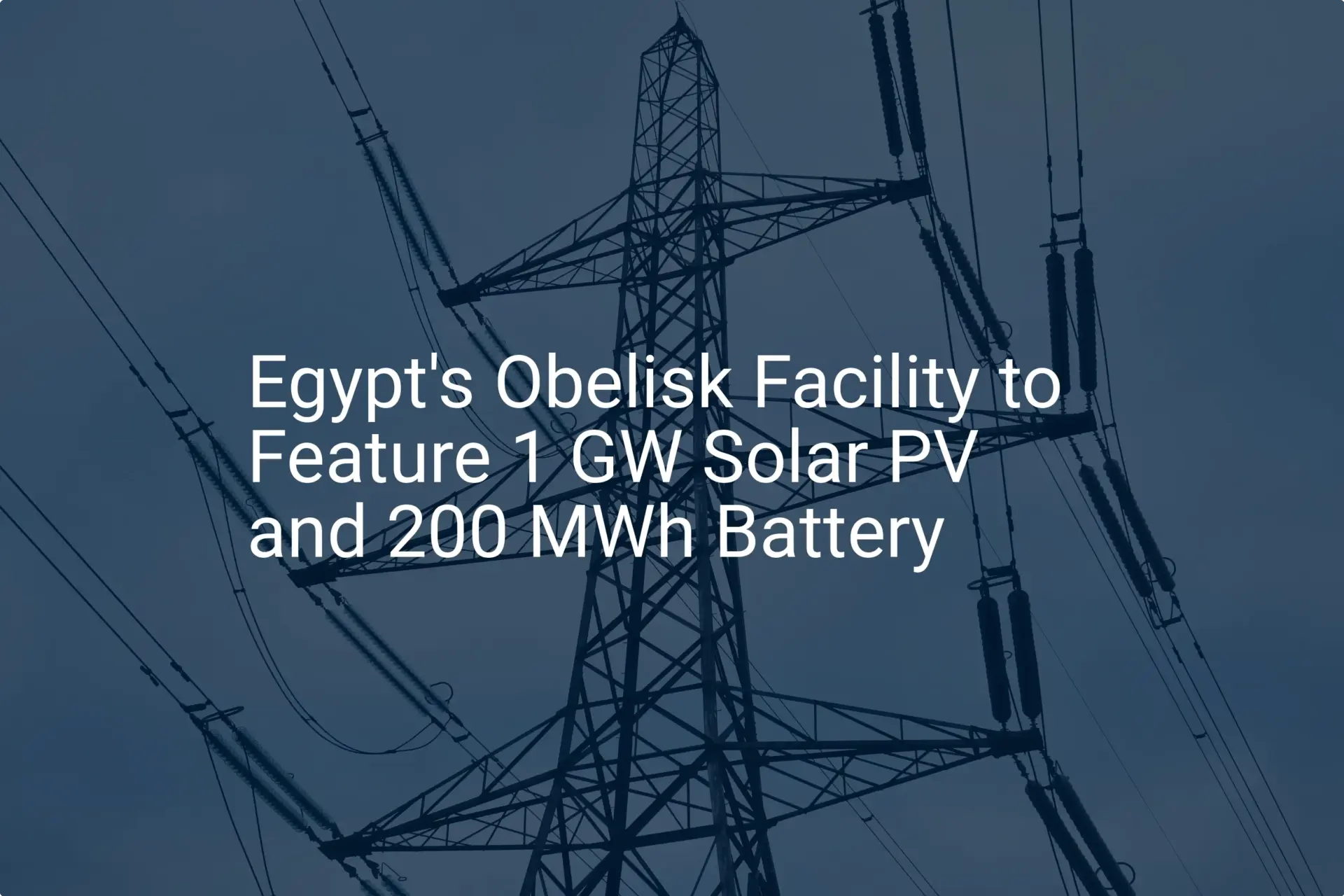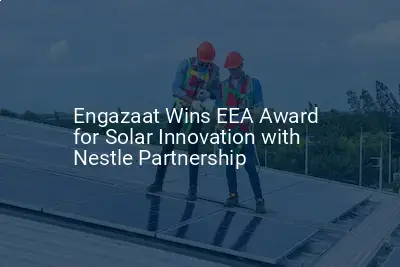Egypt, with its vast solar potential and strategic geographical position, presents a compelling case for foreign direct investment in solar module manufacturing. Government initiatives like Egypt’s Vision 2030, which targets 42% of its electricity from renewable sources, signal strong top-down support.
However, astute investors know that opportunity must be balanced with a clear-eyed assessment of risk. The landscape is not without its complexities, from currency volatility to bureaucratic navigation. This analysis provides a structured overview of the primary risks of establishing a solar panel factory in Egypt, alongside practical mitigation strategies. The goal is to transform potential challenges into manageable variables, clearing the path for a stable and profitable venture.
Understanding the Primary Investment Risks in Egypt
Successfully launching a manufacturing operation requires looking beyond market potential to understand the specific on-the-ground realities. In Egypt, these realities fall into three main categories: political and regulatory, economic and currency, and supply chain and operational.
Political and Regulatory Landscape
While the Egyptian government has demonstrated a commitment to stability and large-scale infrastructure development, the administrative environment can present challenges for foreign investors.
-
Bureaucratic Processes: Securing permits, licenses, and approvals is often a time-consuming process. Navigating the various ministries and local authorities requires patience and, critically, local expertise.
-
Regulatory Consistency: While high-level policy supports renewables, the implementation and interpretation of regulations often vary. A lack of familiarity with these nuances can lead to costly delays.
-
Importance of Local Networks: In the Egyptian business context, relationships are fundamental. Attempting to manage regulatory requirements without a trusted local partner is a significant impediment. This partner acts not just as a guide but as a facilitator, bridging cultural and administrative gaps.
Economic and Currency Risks
The most pronounced risk for foreign investors in recent years has been Egypt’s economic climate, specifically its currency.
-
Currency Devaluation: The Egyptian Pound (EGP) has experienced significant devaluation, at times losing over 50% of its value against the US Dollar. This directly impacts the cost of imported machinery and raw materials, which are typically priced in USD or EUR. While an investor’s initial capital outlay in foreign currency may go further locally, the ongoing cost of imported goods will be higher.
-
Foreign Currency Availability: There have been periods of foreign currency shortages within the country. This complicates paying international suppliers and repatriating profits. The government and the Central Bank of Egypt have worked to address this, often with support from institutions like the IMF, but it remains a key consideration for financial planning.
-
Inflation: High inflation rates drive up local operational costs, including labor and utilities, and must be factored into any business model to ensure long-term profitability.
Supply Chain and Logistics
Egypt’s location is a distinct advantage, with the Suez Canal offering a gateway to European, Asian, and African markets. However, the solar manufacturing supply chain has its own challenges.
-
Raw Material Imports: Key components like solar cells, EVA film, and backsheets are often imported. This exposes investors to global price fluctuations, shipping delays, and import logistics. Establishing reliable supply channels is a critical first step.
-
Local Sourcing Limitations: While some materials like glass and aluminum frames can be sourced locally, specialized technical components are not yet widely produced in Egypt. A thorough analysis of what can be procured locally versus what must be imported is essential for creating an efficient and cost-effective supply chain.
-
Port and Customs Clearance: While improving, customs clearance procedures can still cause delays. Proper documentation and working with an experienced logistics partner are vital to prevent bottlenecks that could disrupt production.

Proven Strategies for Mitigating Investment Risks
A proactive approach to risk management can turn these obstacles into competitive advantages. The key is to build a resilient operational framework from the outset.
1. Engage in Strategic Local Partnerships
A reliable local partner is arguably the single most important factor for success. This entity or individual should have a proven track record and a deep understanding of the local business and regulatory environment.
-
Navigating Bureaucracy: A local partner can manage interactions with government agencies, saving invaluable time and preventing costly missteps.
-
Cultural Integration: They provide insight into local business customs and help build the necessary relationships with suppliers, distributors, and other stakeholders.
-
Risk Sharing: In some cases, a joint venture is an effective structure for aligning interests and distributing investment risk.
2. Implement a Robust Financial Strategy
To counter currency and economic volatility, a sophisticated financial plan is necessary.
-
Currency Hedging: Financial instruments can lock in exchange rates for large capital expenditures, like the initial machinery purchase. This protects the project from sudden devaluations during the setup phase.
-
USD-Denominated Contracts: Where possible, structuring sales contracts in USD or another stable currency protects revenue streams from EGP fluctuations.
-
Secure Development Bank Financing: Institutions like the European Bank for Reconstruction and Development (EBRD) are active in Egypt. Securing financing from such bodies not only provides capital but also adds a layer of project credibility and oversight, which reassures all stakeholders. Understanding the full solar panel manufacturing plant cost is the first step toward building a case for this type of financing.
3. Leverage an Experienced Turnkey Project Partner
For entrepreneurs without a deep technical background in photovoltaics, partnering with a seasoned engineering firm that provides a turnkey solar panel production line helps mitigate a host of operational and technical risks.
-
Technology and Equipment Vetting: An experienced partner ensures the selected machinery is reliable, appropriate for the target market, and comes from reputable suppliers. Experience from J.v.G. turnkey projects shows this step alone prevents significant future maintenance and quality control issues.
-
Project Management and Commissioning: The partner manages the entire project timeline, from factory layout design to equipment installation, commissioning, and ramp-up. This professional oversight is critical for staying on schedule and on budget.
-
Technical Training and Knowledge Transfer: A crucial service is training the local workforce. A German engineering partner, for example, can transfer best practices for quality control and production efficiency, addressing the skills gap and ensuring the factory produces high-quality modules from day one.

4. Adopt a Phased and Scalable Approach
Rather than committing to a massive facility from the start, a phased approach is often more prudent.
-
Start with a Manageable Capacity: Starting with a 20 MW to 50 MW production line allows an investor to enter the market with a lower initial investment. This reduces financial exposure while the business establishes its operational footing and market presence.
-
Prove the Model: A smaller initial phase serves as a real-world pilot project. It allows the team to refine processes, build supplier relationships, and establish a brand reputation before committing to further expansion.
-
Scale with Demand: Once the initial line is running efficiently and profitably, the business can scale its operations based on proven market demand, financing expansion through operational cash flow or new investment rounds.
Frequently Asked Questions (FAQ)
Q: How does currency devaluation impact the initial investment in machinery?
A: Since manufacturing equipment is priced in USD or EUR, a devaluation of the EGP means more local currency is required to purchase it. This is why securing financing and paying for the machinery before a potential devaluation, or using hedging instruments, is a critical part of the financial strategy.
Q: Is it better to import all raw materials or source them locally in Egypt?
A: A hybrid approach is most effective. Non-specialized, bulk materials like aluminum for frames and certain types of glass should be sourced locally to reduce shipping costs and import duties. However, critical, high-tech components like solar cells and specialized encapsulants (EVA) must typically be imported to ensure module quality and performance standards are met.
Q: What specific role does a German engineering partner play in managing Egyptian project risks?
A: A German engineering partner like J.v.G. Technology helps de-risk a project in several ways. First, they ensure the technical concept is sound and the machinery is of high quality, preventing costly operational failures. Second, their structured project management approach mitigates the risk of budget overruns and timeline delays. Finally, they provide comprehensive training, transferring the technical knowledge necessary for the local team to operate the factory to international standards.
Q: How can an investor prepare for the bureaucratic hurdles in Egypt?
A: The most effective preparation is to allocate sufficient time in the project plan for approvals and to engage a reputable local partner or legal firm early in the process. Attempting to accelerate these steps or proceeding without expert local guidance is a common mistake that leads to significant delays.

Conclusion: A Calculated Opportunity
Investing in Egypt’s solar manufacturing sector is not for the unprepared. The challenges posed by currency fluctuations, bureaucracy, and supply chain complexities are real. However, they are not insurmountable.
With a strategy built on strong local partnerships, prudent financial planning, and the technical guidance of an experienced turnkey provider, these risks can be managed effectively. For the strategic investor, Egypt remains a market of immense promise—a chance to build a profitable enterprise while contributing to the region’s clean energy transition. The key is to approach the opportunity with diligence, foresight, and the right expert support.






